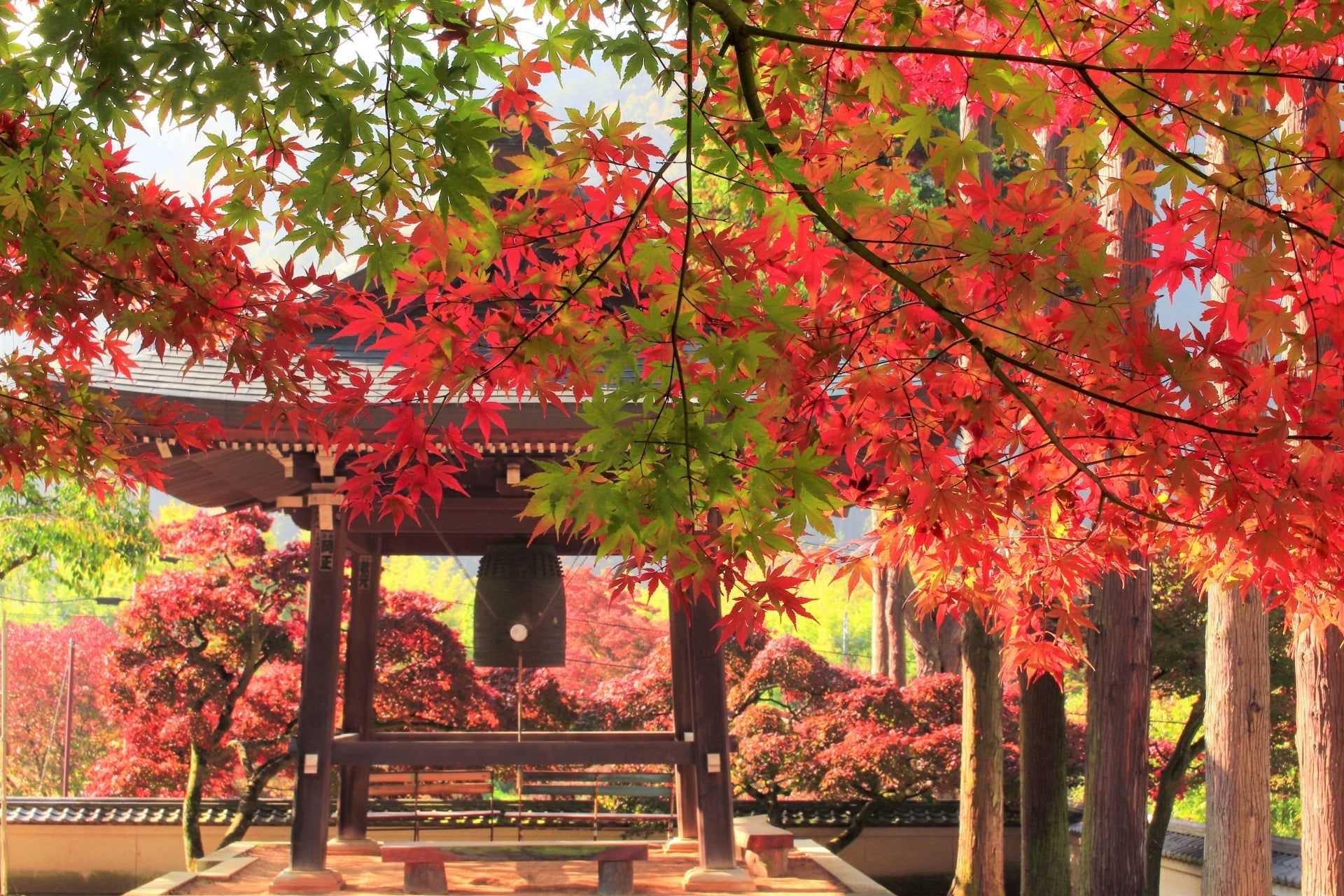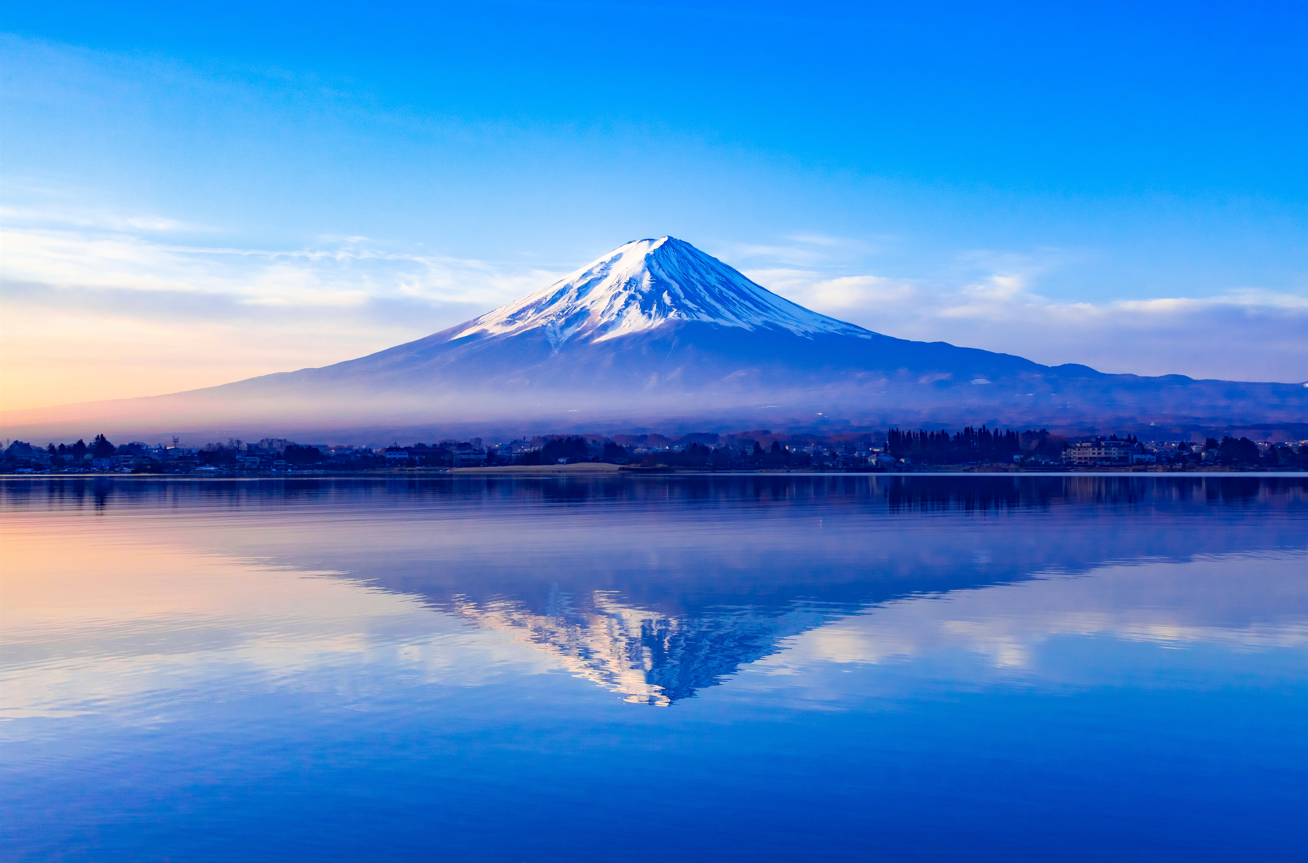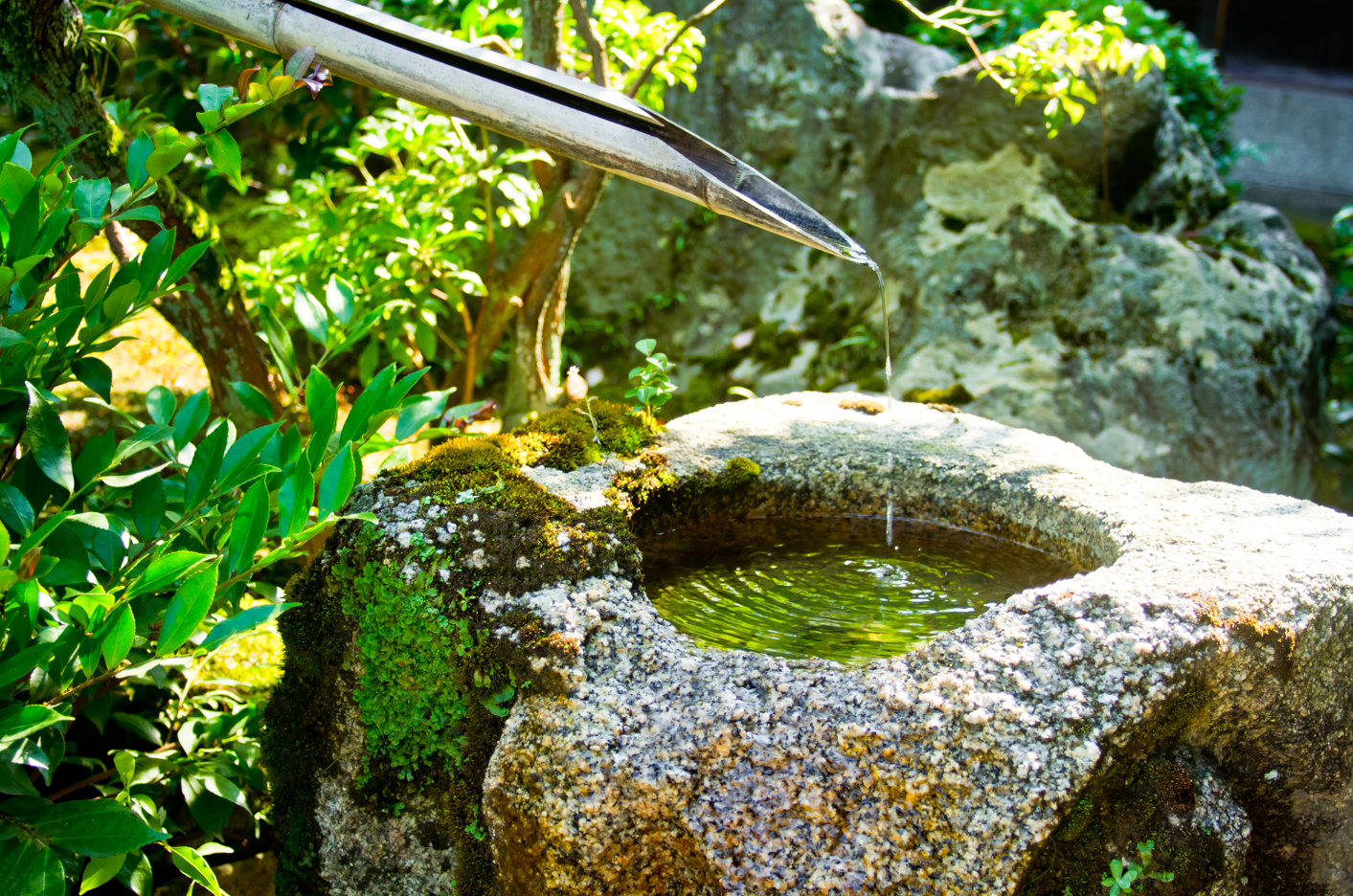
Four Seasons in Japan:Autumn & Winter
Continued from the previous article about spring and summer in Japan, this article will introduce you to the beautiful autumn and winter seasons in Japan.
Autumn
Japanese autumn is from September to November. As the temperature dips and the air gets drier after the scorching summer, the color of the leaves change into red, orange, and yellow.
Autumn foliage makes autumn the most beautiful season in Japan which has inspired artists and poets for centuries.
The most popular autumn foliage is maple leaves which turn into bright red.
The changing color of the leaves varies due to temperature and weather, so the best time to see autumn leaves differ every year.
The autumn foliage season begins in mid-September from Hokkaido, north of Japan and moves down to the south, in contrast to cherry blossoms.
Typically autumn leaves are seen in late October to late November in most of Japan.

The Japanese have a unique culture to enjoy the sounds of insects. When it is getting cooler in autumn, the sounds of insects like crickets can be heard in grassy areas even in big cities.
The Japanese have a long history of appreciating the sound of crickets. Aristocrats in Kyoto in ancient times participated in the ``insect selection'' in which they caught bell and pine crickets, put them in baskets, and presented them to the court, and also released the insects they caught into the garden.
Autumn is also known as the best season for hearty eating in Japan.
There is a word “autumn appetite” in Japanese, as autumn brings seasonal foods, rich in nutrition and flavor such as Pacific saury, chestnuts, matsutake mushrooms, ginkgo nuts, persimmons, pears, etc.

Chrysanthemum is the flower that represents autumn in Japan. Chrysanthemum is a national flower of Japan alongside cherry blossoms.
Chrysanthemums have a special place in Japanese culture. This beautiful flower has been considered a symbol of beauty since ancient times.
Chrysanthemums are considered an important symbol by the imperial family, and the chrysanthemum crest, which is the emblem of the imperial family. It also frequently appears in Japanese poetry and literary works, and its beauty and elegance have captivated the Japanese people for centuries.
Winter
Japanese winter is from December to February. It is the coldest season of the year.
In December, the temperature drops and the chill gets more severe. The temperatures can drop below zero and snow falls for a couple of days even in Tokyo.
Mountain areas and the North region of Japan are covered in snow during winter, where you can enjoy tranquil and beautiful snowy scenery of gardens and mountains.
Dipping in a hot spring while relishing in the winter scenery is one of the must do in Japan in winter.
Winter is also the best season to enjoy the most beautiful view of Mt. Fuji covered in snow.

New year is the most important holiday time called Shogatsu in Japan. The Japanese celebrate the new year for 3 days from January 1 to January 3, when a lot of traditions are performed.
Homes and gates are decorated with ornaments to welcome a Japanese god of the coming year.
On December 31, the Japanese have the tradition to strike the bell 108 times around midnight at Buddhist temples to ward off bad luck and evil spirits.
January 1 is best started by viewing the first sunrise of the year. It is a tradition to visit a shrine during the new year. Various kinds of new year dishes called osechi dishes are served during this time.
The Japanese savor cold months with winter comfort foods to help to warm the body from inside. The popular Japanese winter dishes are hot pots, “nabemono”, which have a wide variety with different ingredients and soup.

Camellia has long been one of the most familiar flowering trees for the Japanese, as it blooms during the winter season when there are few flowers.
=======
Which season do you like in Japan ?
Japanese culture was developed with seasonality by appreciating and embracing its beauty of nature.
The Japanese enjoy the passing of the seasons with flowers, birds, insects, foods, and events associated with each season.
Visiting Japan in different seasons can give you different experiences.


Leave a comment
This site is protected by hCaptcha and the hCaptcha Privacy Policy and Terms of Service apply.